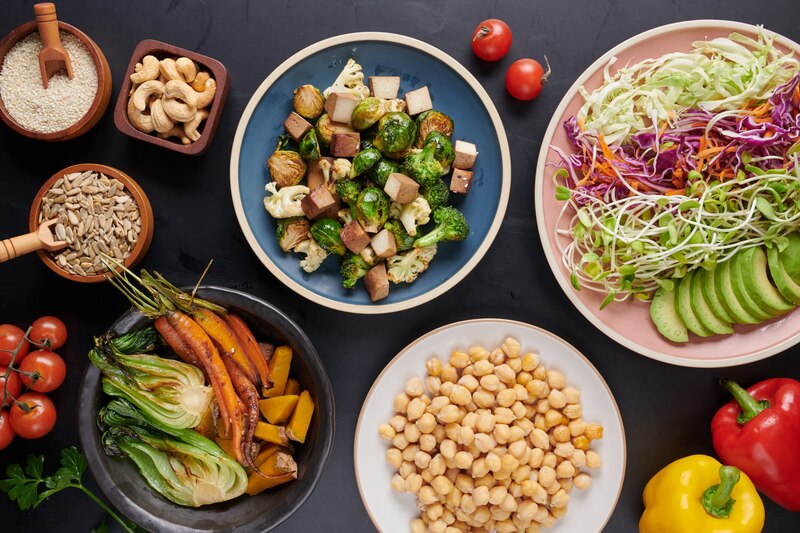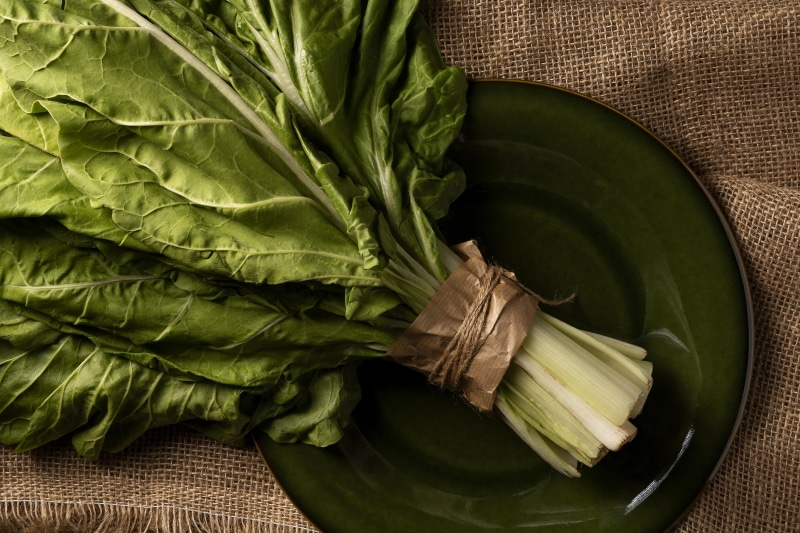Fruits, vegetables, whole grains, legumes, and nuts are all staples of a healthy and sustainable whole food plant-based diet. In addition to being low in saturated fat and cholesterol, this diet is also high in fiber, vitamins, and minerals. Some research suggests it could help prevent serious conditions including diabetes, heart disease, and even some malignancies. The production of plant-based foods often takes less water, land, and energy than the production of animal-based foods, so eating a plant-based diet can have a smaller environmental effect than diets high in animal products.
The now-famous adage, “Eat an apple before bed and you’ll prevent the doctor from getting hungry,” was first printed in a magazine back in 1866. Apples were originally mentioned, but the now-familiar “one apple a day” has replaced them. As simplistic as this old adage may sound, its core truth remains unchanged. Eat healthy foods to help you maintain your current level of health.
Apples, for instance, are full of beneficial nutrients like fiber, antioxidants, vitamins, and minerals, and they’re just one example of a whole plant food. Spinach, kale, and other leafy greens, as well as root vegetables like carrots and sweet potatoes, nuts, seeds, beans, legumes, and tofu, are all further examples. All of these are great examples of what can be consumed on a whole food, plant-based diet (also known as the whole food plant based diet) because they are healthy and minimally processed.
In this article, we’ll examine what the whole food plant based diet is, the advantages it offers, and some delicious whole food plant based recipes you may try.
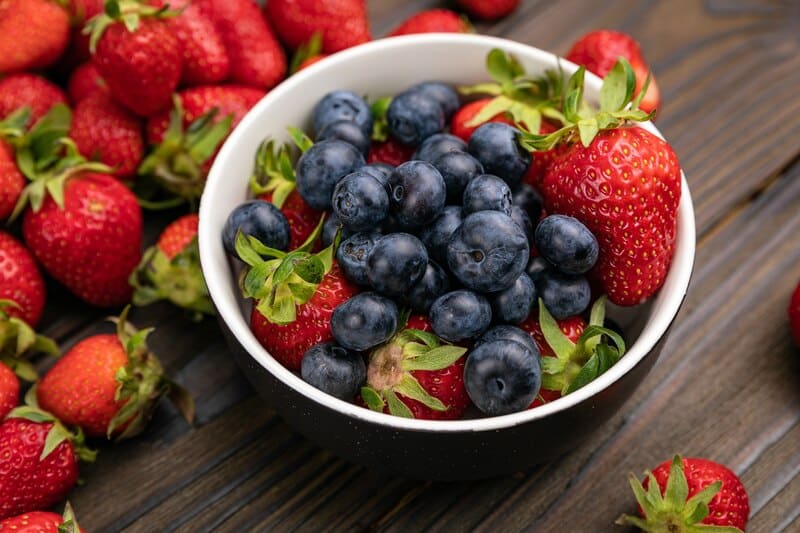
Just what is a plant-based diet that consists of “whole foods”?
A whole food plant based diet, while it may sound difficult, is actually rather easy to follow. Eat more whole foods like vegetables, fruits, legumes, whole grains, and nuts, and eat fewer processed foods and no animal products. It’s worth noting that freshness isn’t always a requirement for ingredients. Canned beans and other shelf-stable foods can be included in a whole food plant based diet diet and are often more cost-effective.
How dissimilar is a vegan diet from a diet based on whole plants?
Veganism is a way of life that forgoes all or nearly all forms of animal-derived food and clothing. Many vegans recommend a whole food plant based diet since it excludes all forms of animal products. However, not all vegans adhere to this diet. Some examples of processed foods that are still vegan include French fries and Beyond Burgers.
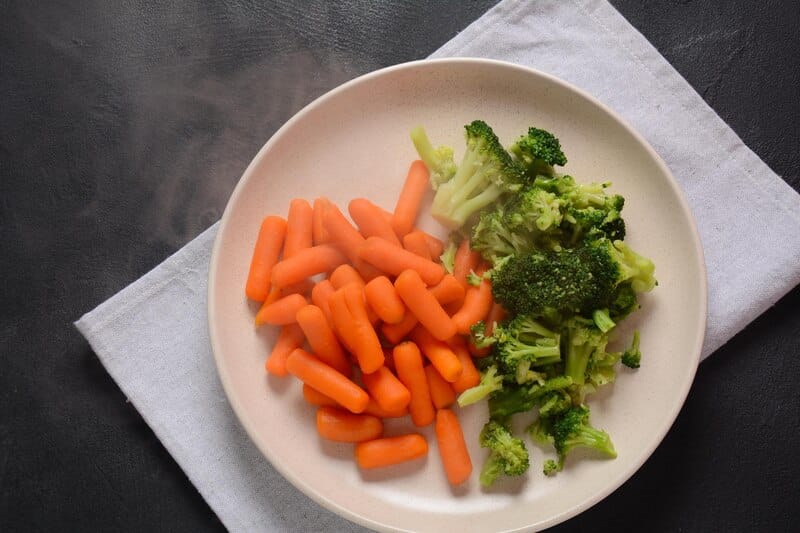
The advantages of a diet based on whole plant foods
Numerous studies have shown that a whole food plant based diet is among the healthiest options out there. It’s been linked to a reduced risk of numerous chronic diseases and ailments, such as cardiovascular disease, diabetes type 2, and some forms of cancer.
In her role as owner of the plant-based platform Plant Centered Nutrition, registered dietitian Ashley Kitchens, MPH, RD, LDN emphasizes the importance of a whole food plant based diet’s high fiber content in promoting health. “Fiber can help manage blood sugar levels, normalize bowel motions, decrease cholesterol, and keep your colon healthy,” she says. People who eat a diet rich in whole plants get nearly three times as much fiber as those who follow the typical American diet.
Owner of Fresh Nutrition Counseling and Registered Dietitian, Certified Diabetes Educator, and Master of Science in Nutrition Dima Salhoobi agrees. She continues by saying that entire food ingredients are an excellent natural source of vitamins and minerals that help to keep our bodies nourished and healthy. Vitamins C and E are two examples of antioxidants that can assist the body deal with free radicals. (Free radicals are harmful molecules, and some evidence suggests they may contribute to the onset of disease.) “Simple substitutions of ingredients at home are the beginning of disease prevention and healthy life,” Salhoobi says. The small choices we make on a daily basis about what we put into our bodies can have profound effects on our health or have the opposite effect.
In addition to its health benefits, a whole food plant based diet is better for the planet because it contains no animal products. For example, animal agriculture (especially cow farming and the animal feed business) is a major contributor to deforestation and the destruction of wildlife habitats. As a whole, the cattle industry is responsible for 14.5 percent of global greenhouse gas emissions and the pollution of waterways, both of which have detrimental effects on human populations and aquatic environments. It also causes harm to the billions of animals that are raised in industrial factory farms despite spending the vast portion of their lives in deplorable conditions.
For many people, adopting a whole foods, plant-based whole food plant based diet is more than just a way of eating; it’s a conscientious lifestyle decision that aims to reduce their impact on the environment and animals.
What kinds of foods are allowed on a diet based solely on plants?
While there are several food categories that are off-limits on a whole food plant based diet, the diet’s options are still quite extensive. In reality, it has a large variety of tasty, healthy, and adaptable elements. Some examples of items that are allowed on a whole food plant based diet are listed below.
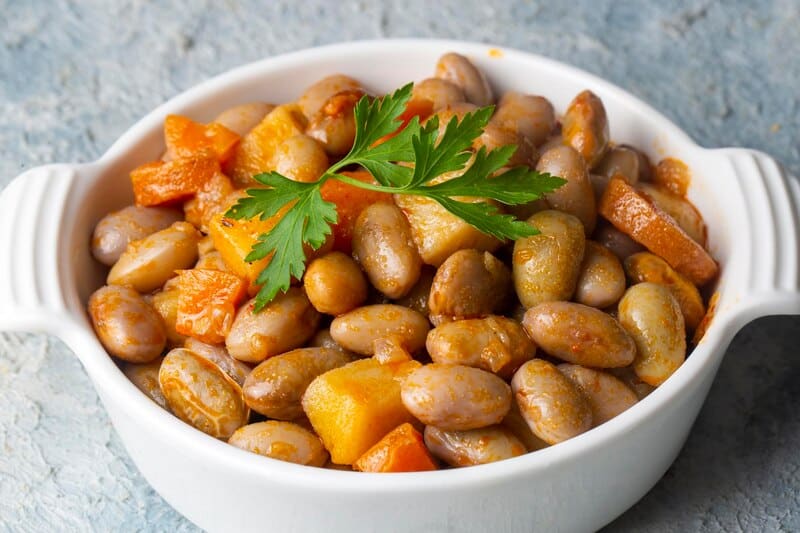
1, Beans and other legumes
Protein, fiber, calcium, zinc, and B vitamins can all be found in bean and legume foods such kidney beans, chickpeas, lentils, peas, and black beans. They’re a fantastic staple because they’re plentiful, healthy, and adaptable. Think of the humble chickpea. You may eat it raw, roast it, mash it into hummus, or combine it with some seaweed to make a wonderful chickpea tuna. One can go in any direction one wants.
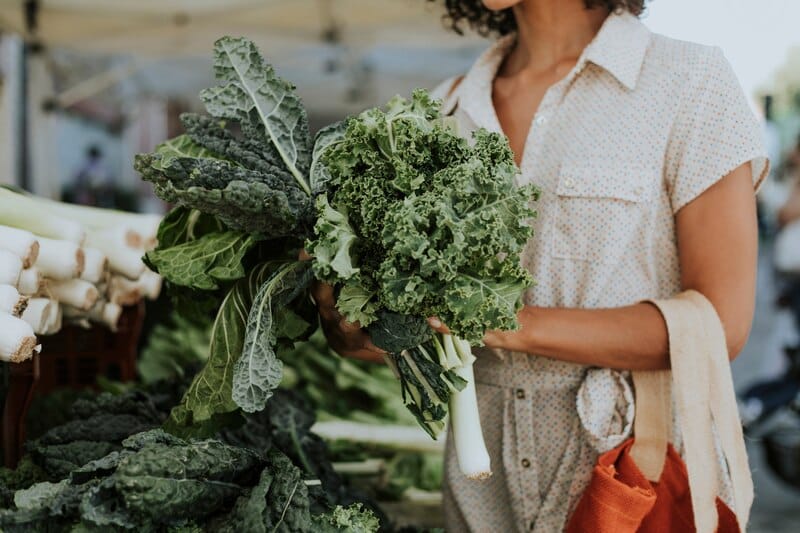
2. Greens
Among the many leafy greens that are permitted on a whole food plant based diet are spinach, kale, bok choy, cabbage, and collard greens. You can get your daily dose of calcium, vitamin K, vitamin C, vitamin A, and folate from them. Numerous Whole Food Plant-Based foods, such as salads and stir-fries, can be made with leafy greens as the foundation. This vegan stir fry recipe has bok choy as the main attraction.
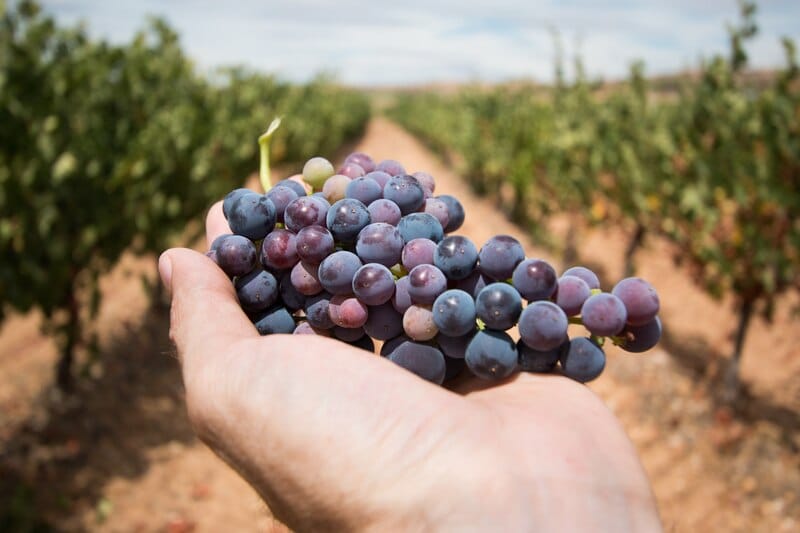
3. Fruits
Fruits, from berries to citrus, are a vital and healthy part of a whole food plant based diet due to their high levels of antioxidants, vitamins, and dietary fiber. However, it should be noted that commercially available fruit juices do not qualify as whole foods because of the processing they underwent before reaching the shelves. They also tend to have a lot of sugar. On the other hand, you can still drink your fruits. For instance, this vegan blueberry smoothie jar is made with only whole foods, like most homemade smoothie recipes.
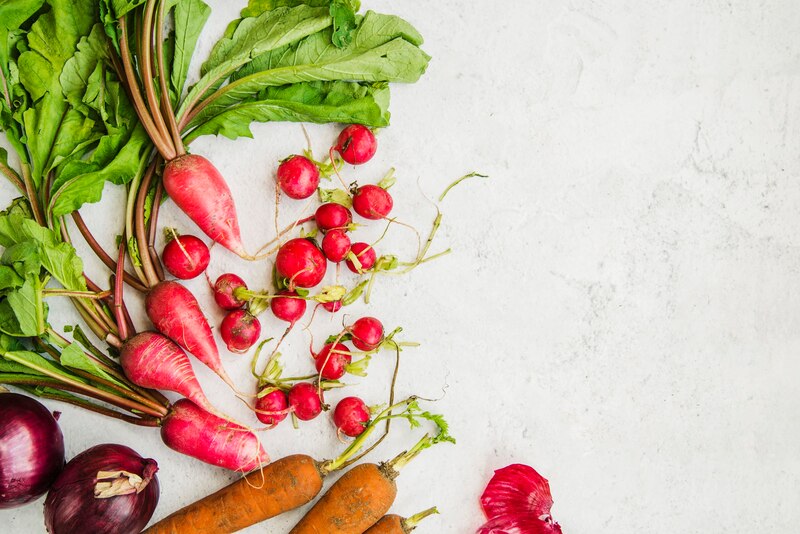
4. Roots
Similarly to the other examples here, root vegetables like carrots, radishes, beets, and sweet potatoes are rich in essential nutrients like vitamins, fiber, and antioxidants like carotenoids that keep your immune system strong and your eyes healthy. There are a wide variety of sweet and savory whole food plant based diet recipes that can be made with root vegetables, including the autumnal staple, sweet potato pie.
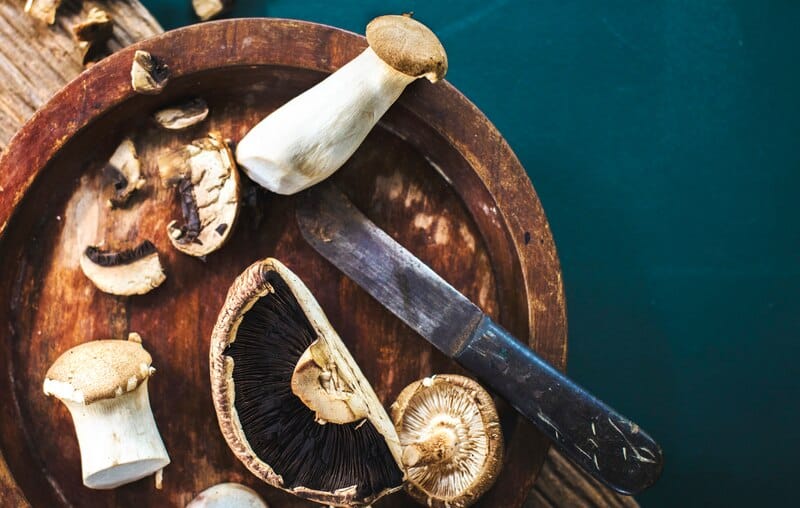
6. Mushrooms
Mushrooms, especially king oyster, shiitake, and portobello kinds, are an excellent meatless, plant-based (whole food plant based diet) alternative for individuals who enjoy a meaty texture. You can use them as a substitute for meat in dishes like tacos, stir-fries, and even whole-grain risotto. The B vitamins riboflavin, niacin, and pantothenic acid, together with the fiber, potassium, and vitamin C make them a healthy snack.
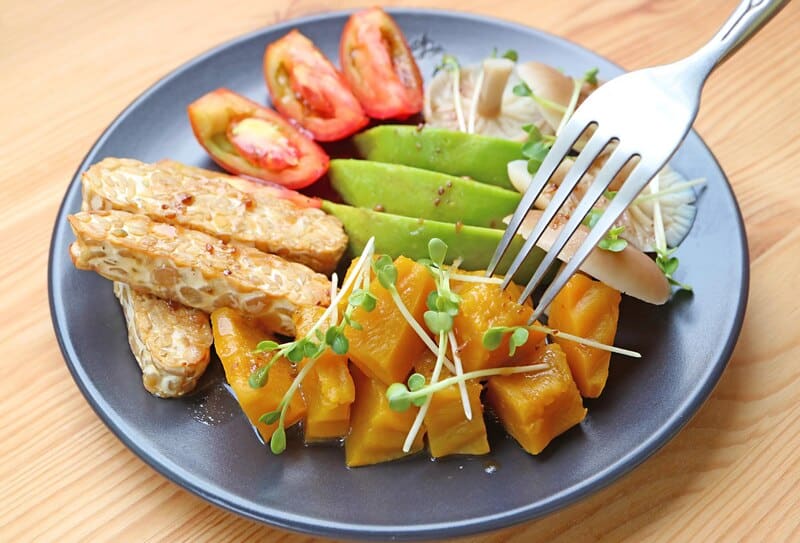
7. Tofu and Tempeh
Meatless options such as tofu and tempeh can fill you up just as well. Both are high-protein sources because soy is their primary ingredient. Protein content varies widely among soy products; tempeh, for example, has about 19 grams per 100 grams, while tofu has about 8 grams. There is some processing involved in making tempeh and tofu, but it is little, thus many whole food plant based diet eaters opt to eat these foods.
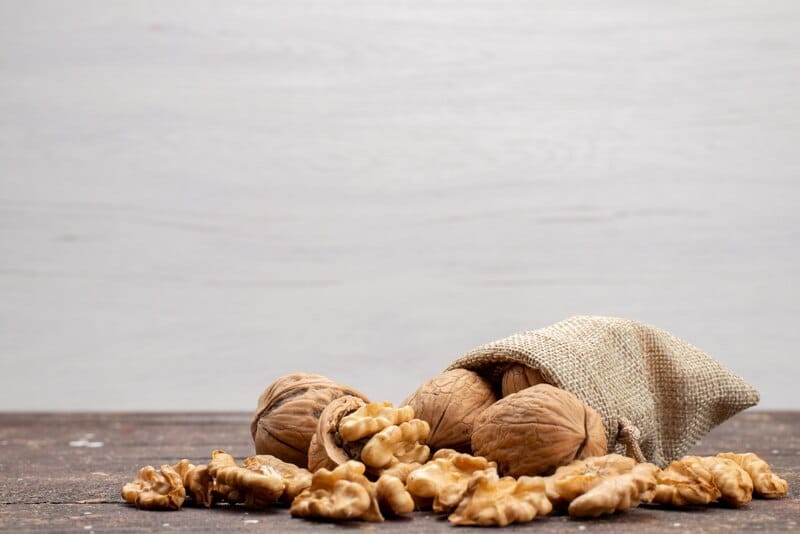
8. Cereals, Seeds, and Nuts
The whole food plant based diet includes protein from nuts, seeds, and grains as well. Studies have shown that eating whole grains like oats can help reduce cholesterol levels since they are high in fiber and vitamin E. Fibrous seeds and nuts include chia, flax, and walnuts. Furthermore, they are an excellent resource for heart-healthy lipids like omega 3. Ten whole walnuts contain almost two grams of omega 3 fats.
Whole food plant based Recipes
Your whole food plant based diet cooking can be as simple or elaborate as you like it to be. And whether you’re a serious curry expert or a sugar fiend, there are plenty of recipes here to satisfy your cravings. Here are just a few samples of the various sorts of food available to get you started.
1. Pomegranate and Pepita Salad with Roasted Squash
No longer are salads considered as an uninteresting accompaniment to a meal. Pomegranates provide a touch of delicately sweet, zesty flavor to this colorful salad, and they pair perfectly with the savory, roasted squash for a flavor combination you’ll be thinking about long after you’ve finished the last bite.
Get the recipe at
2. Soup with Butternut Squash and Shiitake Mushrooms
This recipe for a thick flavorful soup is perfect for the colder months. Warm your body and give it a nutrient boost with this soup made with shiitake mushrooms, garlic, and butternut squash. In addition, it takes little time and effort to prepare.
Get the recipe at
3. Omelette with Chickpea Flour
No one said eggs had to be a part of breakfast or brunch just because. This dish demonstrates that omelets made without the use of any animal products need not be bland or tasteless by combining chickpea flour, turmeric, spices, and veggies.
Get the recipe at
4. Chocolate-Avocado Mousse
That’s right, chocolate mousse is fair game for those following a Whole Foods Plant-Based diet. In truth, it’s simply one of several delicious desserts that need no animal products whatsoever to prepare. The avocado adds a luxuriously smooth and creamy texture without being overpowering, so don’t let that put you off.
Get the recipe at
5. Thai Vegetable Curry
If you’re worried about having to give up your favorite dishes while following a WHOLE FOOD PLANT BASEDdiet, you’ll be relieved to learn that this is not the case. This creamy Thai vegetable curry, for example, is one of many popular dishes that can be easily adapted to use only whole foods by making a few little changes.
Get the recipe at

